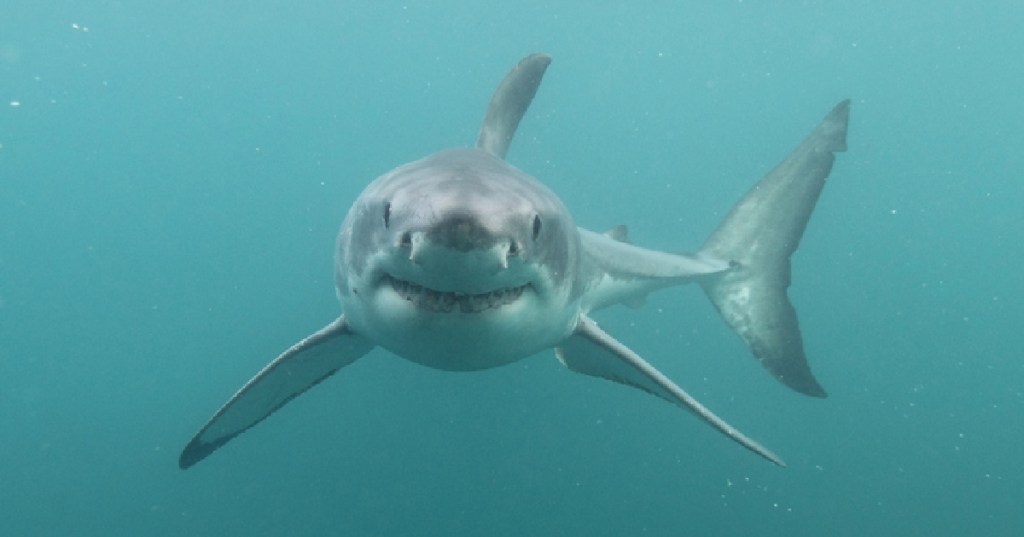There are some people who don’t think any animal should ever be subjected to a zoo or aquarium. Others say that without institutions like these, there would be more endangered, extinct, and otherwise troubled species (and individual animals) out there.
Whichever side of the fence you’re on, experts say that great white sharks won’t ever be on the list of species in captivity – and here’s why.
Image Credit: iStock
Trigger warning: it’s mostly because they die, and fast.
It began in the mid-1950s, when Marineland of the Pacific attempted to put one on display. The shark did not even survive for a day.
Since then, SeaWorld has tried more than once (none surviving longer than 10 days), the Monterey Bay Aquarium managed to keep a few alive for more than two weeks (a record), and most recently, the Okinawa Churaumi Aquarium in Japan, who lost theirs inside of three days.
Image Credit: iStock
There are a few theories about why this is, but the most prevalent issue is feeding. Sharks are apex predators that almost never eat non-living prey. Aquariums don’t love the idea of feeding a living seal to a shark in front of a bunch of kids, and most of the sharks in captivity have refused to eat significant amounts.
Great white sharks also have to be in constant motion in order to obtain oxygen, and having a tank big enough to accommodate a 20-foot long shark in constant motion is quite the ask.
A third theory – or maybe a contributing factor – is that the artificial environment and glass tanks confuse the sharks’ sharp electroreception. This is what allows sharks to detect subtle movement and changes around them, increasing their likelihood of snagging a meal.
Image Credit: iStock
Thanks to documentaries like Blackfish and a significant movement away from keeping large animals in captivity, it’s not likely anyone will attempt this again anytime soon.
Which, if you’re a great white shark, is probably a good thing.
